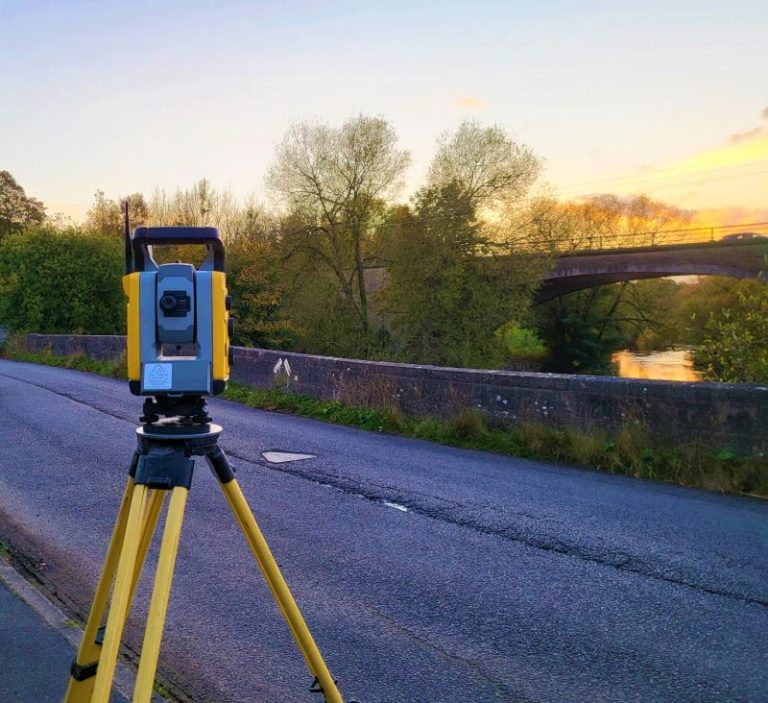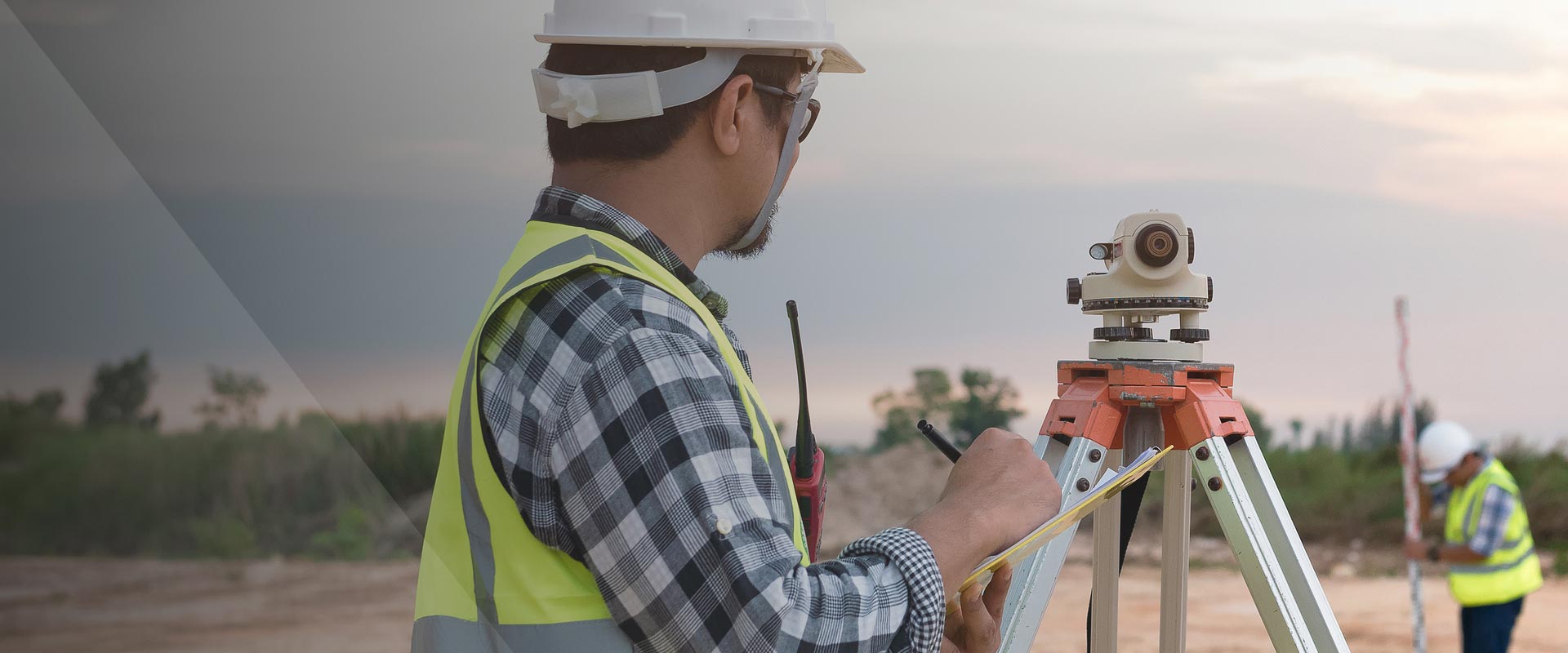How Measured Building Surveying Affects Building Design and Construction
Wiki Article
Necessary Devices and Methods in Laying Out Design
The discipline of establishing out engineering counts heavily on a suite of important devices and methods that underpin the accuracy and performance of job implementation. Instruments such as property surveyor's levels, complete terminals, and progressed GPS innovation are crucial for developing accurate recommendation points. Moreover, the integration of conventional techniques with modern methods, including geospatial analysis and 3D modeling, supplies significant benefits in imagining site problems. Understanding just how these elements connect is important for lessening errors and boosting project results, yet the subtleties of their application frequently continue to be overlooked. What implications does this hold for future engineering practices?The Importance of Accurate Measurements

The value of exact dimensions extends past plain compliance; they are indispensable to the overall effectiveness of design processes. Mistakes can cause worldly waste, project delays, and increased labor prices, ultimately influencing the task's lower line. Specific dimensions enhance the quality of the final product, making sure that it executes as planned and fulfills the expectations of stakeholders.
Furthermore, the importance of precise dimensions is evident in various design techniques, consisting of civil, mechanical, and electrical design. Hence, cultivating a society that prioritizes accuracy is necessary for the future of engineering.
Necessary Tools for Establishing Out
Laying out, a critical stage in the engineering and building and construction process, counts heavily on details tools that make sure accurate place and alignment of structures. Amongst these tools, the property surveyor's level sticks out, providing exact horizontal measurements essential for developing reference points. This tool allows engineers to figure out altitude modifications and keep uniformity throughout the task website.
The total amount station is an additional crucial tool, incorporating digital distance measurement with angular measurement capacities. This technology improves performance and precision in capturing spatial data, enabling reliable site design and preparation.
Additionally, making use of gauging tapes and marking tools, such as chalk lines or stakes, is essential for momentarily noting limits and crucial points on the website. These basic devices, though straightforward, are important for ensuring clear communication amongst the building and construction group regarding project specifications.
Lastly, GPS innovation has actually gotten grip in laying out procedures, providing real-time positioning data and substantially enhancing precision over standard approaches. Jointly, these crucial devices form the backbone of effective laying out techniques, inevitably adding to the effective execution of engineering and construction projects.
Advanced Surveying Techniques
Advanced surveying techniques play a pivotal duty in boosting the accuracy and effectiveness of engineering projects. These strategies incorporate a variety of approaches Topographical Surveying that offer accurate information for layout and building and construction. Typical approaches, such as progressing and triangulation, have developed into more sophisticated methods, including Complete Station surveys and Global Navigation Satellite Equipment (GNSS)Overall Station tools integrate digital theodolites with range dimension capabilities, enabling land surveyors to accumulate precise place data with terrific rate. This innovation significantly minimizes errors connected with hand-operated dimensions and gives real-time information processing. Moreover, GNSS offers exceptional precision for large-scale projects by making use of satellite signals to figure out exact positioning, which is necessary for aligning frameworks and ensuring compliance with layout specifications.
Along with these tools, progressed strategies also integrate geospatial evaluation and 3D modeling. These methods make it possible for engineers to envision terrain and website conditions more properly, facilitating far better decision-making during the preparation phase. By employing these innovative checking techniques, design jobs can attain better accuracy in layout, decrease rework, and eventually improve general job success.
Digital Innovation in Engineering
The combination of digital technology has transformed engineering practices, enhancing both productivity and accuracy throughout numerous techniques. Devices such as Structure Info Modeling (BIM) assist in the visualization and administration of complicated jobs, allowing engineers to team up seamlessly and make educated choices. This innovation makes it possible for the production of thorough 3D models, which can be examined for structural integrity and efficiency before building begins.
The application of artificial knowledge and machine discovering in engineering processes further boosts anticipating upkeep and optimization of sources. These innovations enable the analysis of huge data sets, causing much better projecting and boosted job end results. Generally, electronic technology is improving the engineering landscape, driving innovation, and making certain that tasks are completed with greater performance and minimized threat. As the industry continues to evolve, embracing these tools will certainly be crucial for future success.
Best Practices for Implementation
When carrying out digital modern technology in engineering, it is critical to establish a strategic approach that aligns with job goals and business capabilities. A complete evaluation of existing process and technology facilities is vital to recognize voids and chances for renovation. Engaging stakeholders early in the process cultivates collaboration and guarantees that the innovation meets user needs.
Task managers should take on an iterative implementation method, enabling changes based upon real-time comments and efficiency examinations. This nimble approach not only minimizes risks yet additionally advertises continuous enhancement by including lessons found out.
Verdict
To conclude, the combination of essential tools and advanced techniques in laying out engineering is crucial for making sure precision in dimensions and effective project implementation. Employing tools such as property surveyor's degrees, total stations, and GPS innovation, along with modern evaluating methods, enhances accuracy and lowers the probability of errors. Embracing finest methods in implementation further optimizes these processes, eventually fostering enhanced job outcomes in the engineering and building and construction sectors.The discipline of setting out design relies helpful site greatly on a collection of essential devices and techniques that underpin the precision and performance of job implementation.Moreover, the relevance of precise dimensions is apparent in numerous engineering techniques, including civil, mechanical, and electric design. By utilizing these advanced surveying techniques, design tasks can accomplish higher accuracy in format, decrease rework, and ultimately enhance total project success.
In general, digital innovation is improving the engineering landscape, driving development, and making certain that tasks are completed with greater efficiency and lowered threat (setting out engineering).In final thought, the integration of vital tools and progressed find out here now methods in setting out design is important for making sure accuracy in measurements and effective project execution
Report this wiki page